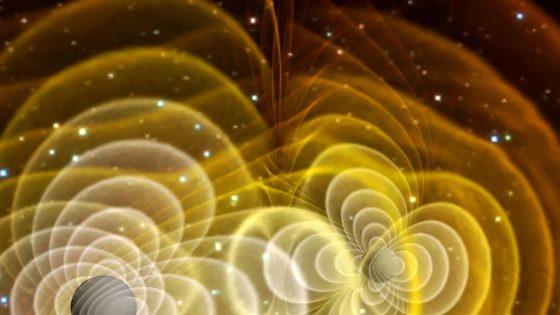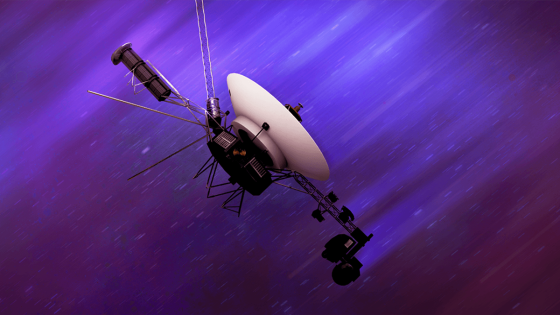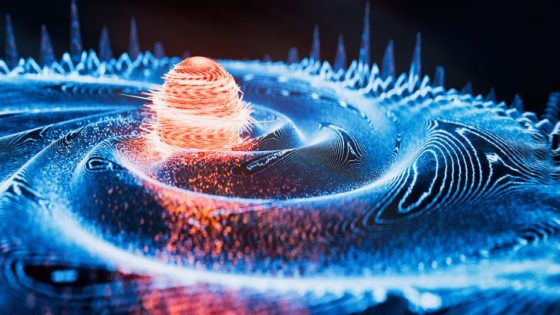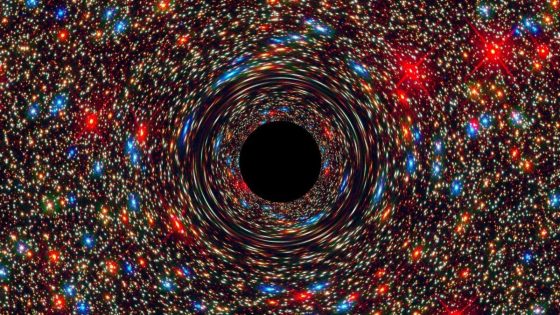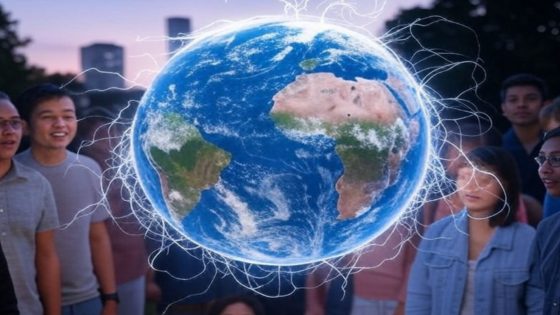The LIGO-Virgo-KAGRA (LVK) network has revolutionized our understanding of black holes, recently detecting a monumental merger designated GW231123. This event, observed on November 23, 2023, marks a significant milestone in gravitational wave astronomy.
- GW231123 is the largest black hole merger detected.
- It formed a black hole of 255 solar masses.
- Black holes challenge stellar evolution understanding.
- Detection limits were pushed by LVK network.
- Black holes spun at 80-90% of maximum speed.
- LIGO continues to advance gravitational wave research.
At an astounding 225 solar masses, the newly formed black hole from this merger surpasses the previous record holder, GW190521, which weighed in at 140 solar masses. Such massive black holes challenge our existing theories of stellar evolution and formation.
This discovery raises intriguing questions about how such massive black holes can form. Are they remnants of supernovae, or do they originate from earlier mergers of smaller black holes? Consider these points:
- This merger challenges the conventional models of stellar evolution.
- The black holes involved were spinning at 80-90% of their maximum speed.
- Detection of such massive black holes tests the limits of LIGO’s sensitivity.
As we continue to explore the universe, discoveries like GW231123 will undoubtedly reshape our understanding of cosmic phenomena and inspire future research in gravitational wave astronomy.



